Main Raw Materials
Cactus silk, also known as sabra silk, is a luxurious sustainable fiber derived from the Agave cactus plant native to Morocco’s Atlas Mountains. This exceptional natural textile undergoes a meticulous extraction process before skilled artisans spin the fibers by hand and dye them using traditional methods with pigments from local plants, minerals, and spices. Unlike synthetic alternatives, genuine Moroccan sabra exhibits a distinctive subtle sheen and silky texture that catches light beautifully, bringing natural luminosity to any living space. Prized for its durability and lightweight nature, cactus silk has been harvested and processed by Berber communities for centuries, representing one of North Africa’s most treasured sustainable craft traditions. Each thread carries the essence of Morocco’s diverse landscape, from desert sands to mountain terrains.
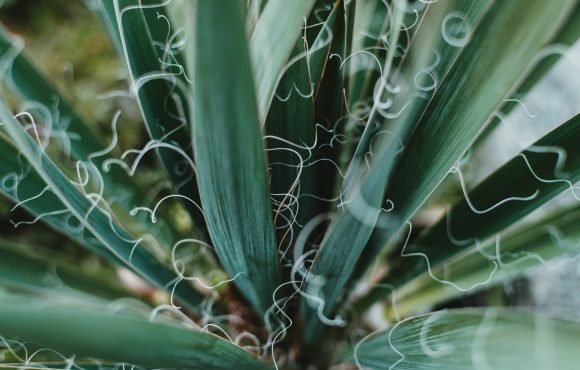
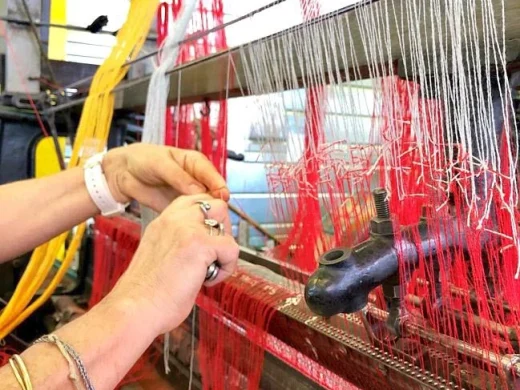
Handmade Related Techniques
The creation of these handwoven cushions begins with the careful preparation of cactus silk threads, which are meticulously measured and arranged on traditional wooden looms. Using techniques passed down through generations, master Moroccan weavers work entirely by hand, incorporating symbolic patterns that carry cultural significance beyond mere decoration. Each geometric motif represents an element of Berber visual language – diamonds symbolize protection, zigzags represent water and life, while crosses mark the four directions. The artisanal process requires exceptional patience and precision, with each cushion taking several days to complete. After weaving, craftspeople hand-finish each piece with expert cutting and assembly, installing hidden zippers that allow for practicality without compromising the authentic aesthetic. This labor-intensive approach ensures no two cushions are exactly alike.
Artistic Related Styles
The Berber aesthetic showcased in these cushions represents one of the world’s oldest continuous design traditions, dating back thousands of years in North Africa. Characterized by geometric minimalism and symbolic abstraction, this distinctive style emerged from the semi-nomadic cultures of Morocco’s indigenous peoples. The carefully curated color palette draws direct inspiration from the Moroccan landscape – warm terracotta echoing desert sands and clay buildings, refreshing mint green reflecting oasis vegetation, deep navy reminiscent of the famous blue city of Chefchaouen, and natural beige honoring the undyed fibers. This timeless design approach has influenced contemporary interior styles worldwide, from bohemian chic to modern minimalism. The beauty of Moroccan textile art lies in its remarkable versatility – these pieces complement both traditional and contemporary settings while maintaining their distinctive cultural character and artisanal authenticity.
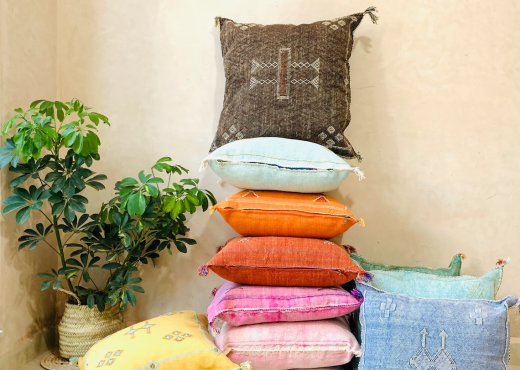

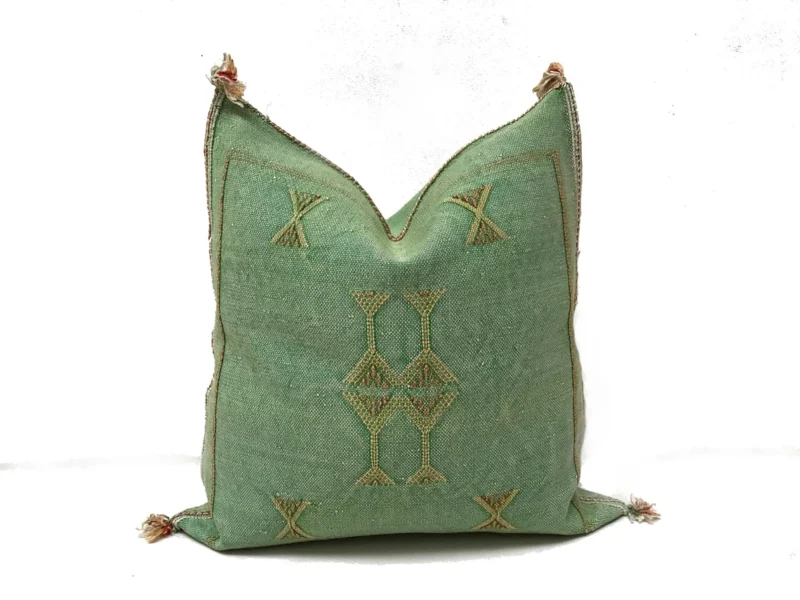













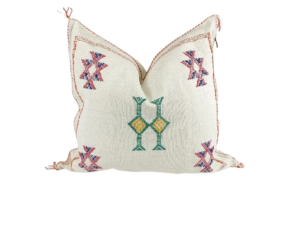
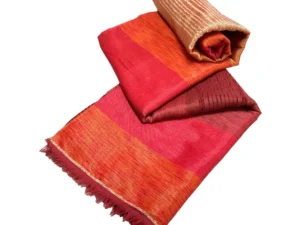
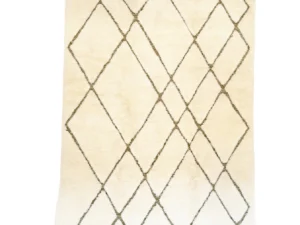
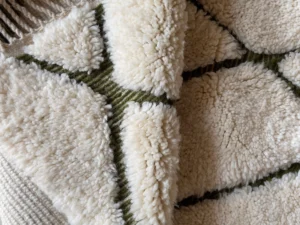
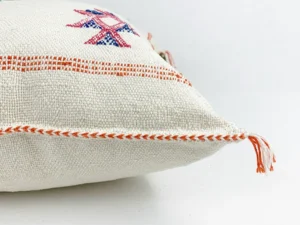

Reviews
There are no reviews yet.